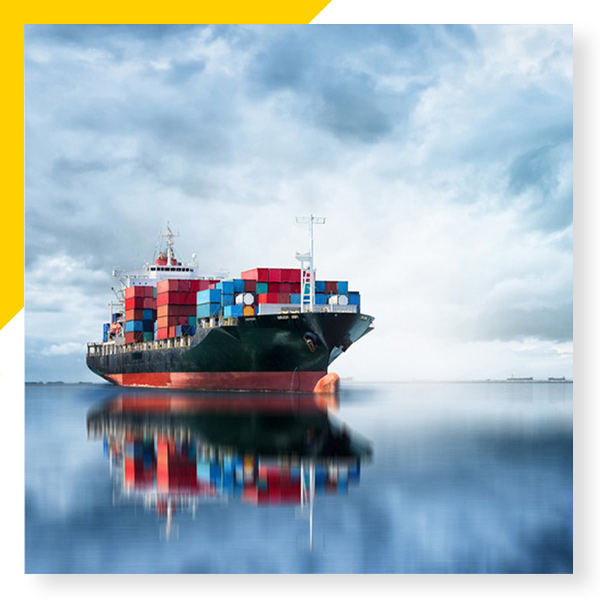Export

Export
Now that we understand the concept of import and its process, the concept of export can clarify the differences between export and import for you. Export is the sale of goods and services sent from one country to other countries. A country usually exports things that it has in abundance to other countries. Export trade is healthy for a country, it helps its economy and makes it stronger.
A country that exports more and imports less has a good economy. Countries should share their resources in order to obtain what cannot be produced in their own country. For example, India is known for exporting IT manpower worldwide. Many countries like USA import Indian services in IT sector. Exporting services helps the country's economy. Countries try to export more goods than they import so that more money flows into the country than leaves the country. This principle is one of the most important differences between export and import.
The process of exporting goods
Now, we will discuss the process of exporting goods to understand the differences between export and import in the way they are implemented.
- 1. Request receipt: Buyers send inquiry requests to all potential sellers. The seller is obliged to send the price of the order and the conditions of sale in response.
- 2. Receiving the order: In case of agreement, the buyer will send you the order receipt, which includes the information about the order.
- 3. Inquiring about the credit of the buyer;
- 4. Obtaining an export permit: To send goods, the exporter must obtain a permit.
- 6. Certificate of origin: The certificate of origin is sent to the importer to confirm the production of goods in the country.
- 7. Reservation of shipping space with the exporting company: You must coordinate with the shipping company in advance and inform them of the type of goods, quantity, shipping date and delivery destination, etc.
- 8. Preparing the order and packaging to send to the shipping company: After the order is ready, you must pack the goods so that they are not damaged during transportation and mention the destination address and the type of goods on the packaging. .
- 9. Insurance: When transporting goods, you can secure your shipment against natural disasters or accidents with insurance. Therefore, you should insure the goods to avoid future losses.
- 10. Clearance of goods.
- 11. Receipt receipt: The receipt is issued by the port supervisor when the goods are loaded.
- 12. Invoice production: after sending the goods. You must prepare an invoice to send to the buyer.
- 13. Receipt of fees: After delivering the goods to the buyer, you are required to receive documents such as invoices, bills of lading, certificates of origin and letters of credit, etc. These documents are delivered to the seller against the bill.
Nikroz Almas Caspian Company is ready to send your products to any part of the world
Sea, air and rail service to send your products to all parts of the world in the fastest possible time and at the lowest cost
